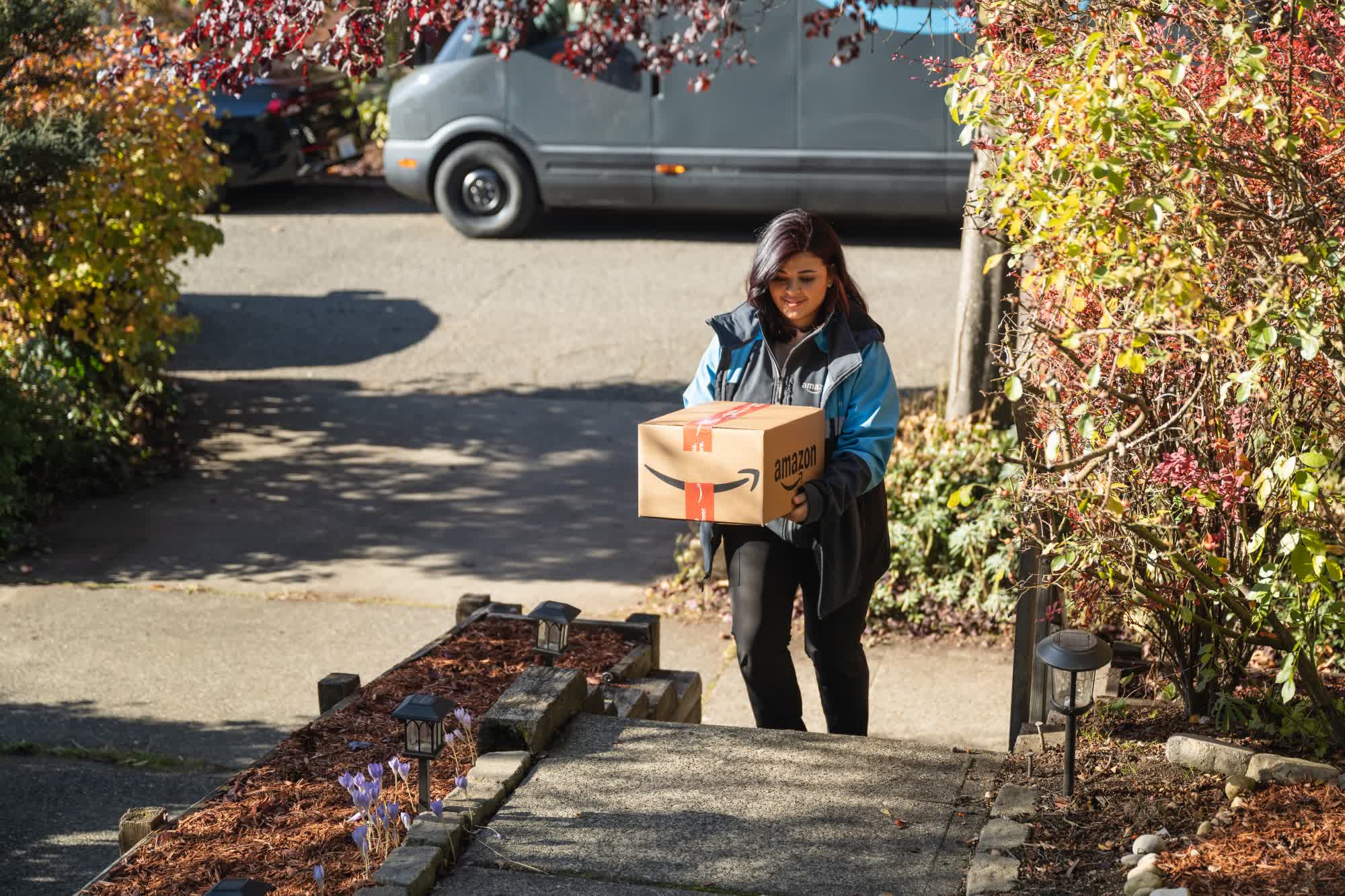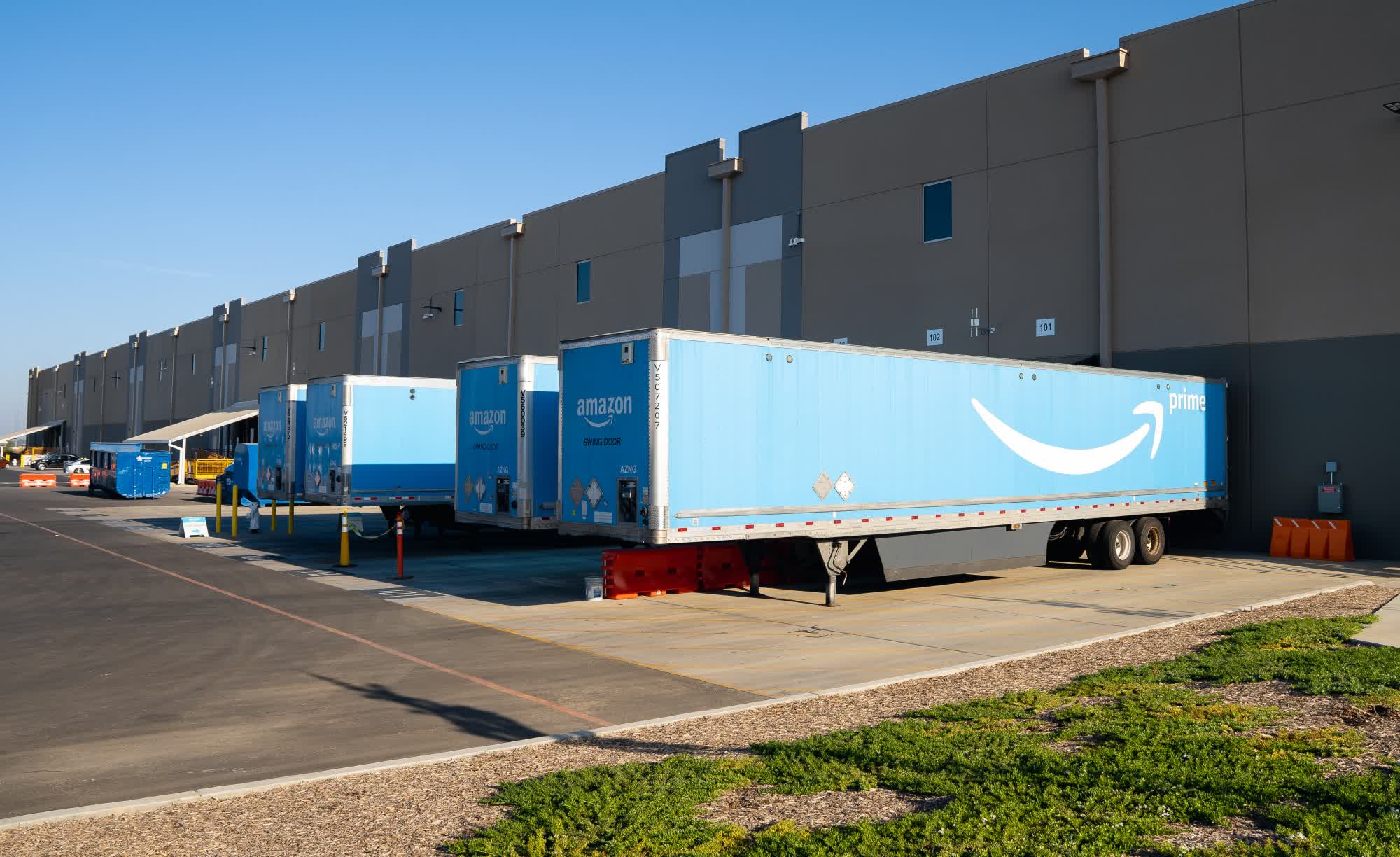In a nutshell: Amazon is now one of the largest package delivery businesses in the US by volume, surpassing industry stalwarts FedEx and UPS in an impressively short period of time. The e-commerce giant's delivery business grew partly out of necessity and a desire to lower delivery times. To do that without incurring excessive costs, Amazon sought to eliminate the middleman from its operations.
The ambitious plan involved creating its own cargo airline service and ground-based, last-mile delivery network. Many scoffed at the idea, especially considering Amazon was a major customer of FedEx and UPS when the plan was hatched less than a decade ago. My, how times have changed.
According to The Wall Street Journal, Amazon delivered more packages than FedEx in 2020 and surpassed UPS in 2022. This year alone, Amazon has delivered more than 4.8 billion packages in the US – a figure that does not include the Thanksgiving rush. Sources told the publication that internal projections put end-of-year US shipments at nearly 5.9 billion packages.
For comparison, Amazon delivered 5.2 billion packages in the US last year.

Notably, Amazon's figures only include packages that they handle from beginning to end. If a package goes out with Amazon but is handed off to UPS, FedEx, or USPS for final delivery, it is not counted as an Amazon delivery.
Package transportation is only part of the equation. Amazon saw an opportunity during the pandemic to regionalize logistics, and opened hundreds of new warehouses and sorting centers. By storing goods at strategic points across the country, Amazon was able to further reduce how far they had to travel to get to a buyer, ultimately reducing shipping time and resulting in increased purchase frequency.
One area that Amazon could stand to improve is its return service. As JP Morgan analyst Brian Ossenbeck highlights, Amazon is very good at the one-way network but doesn't have the same level of service in the opposite direction.
